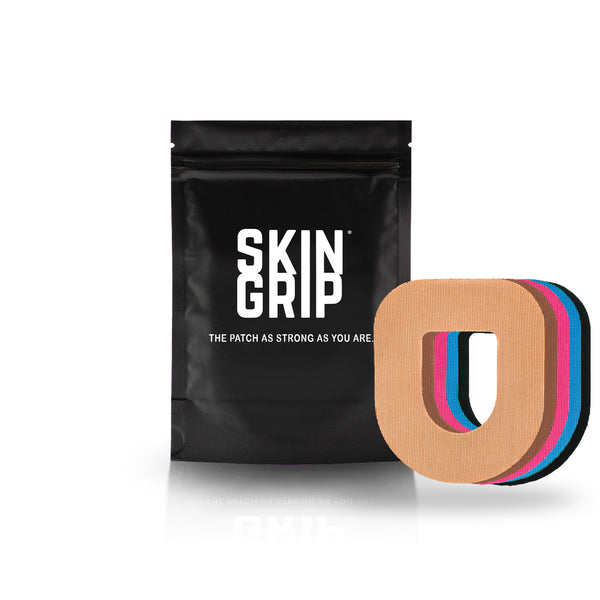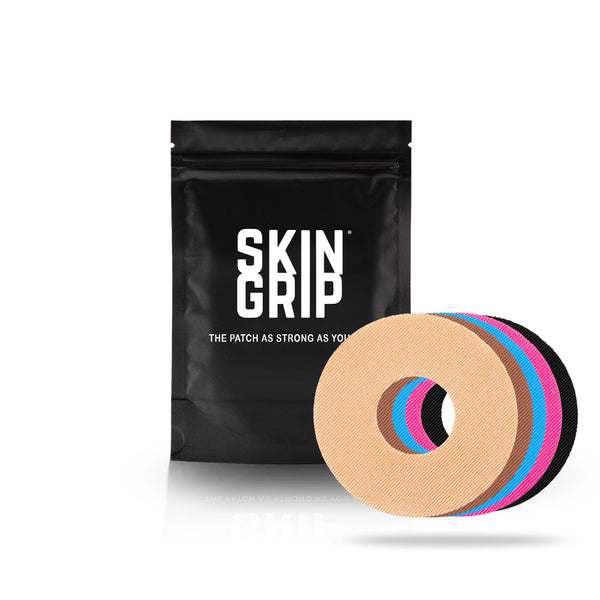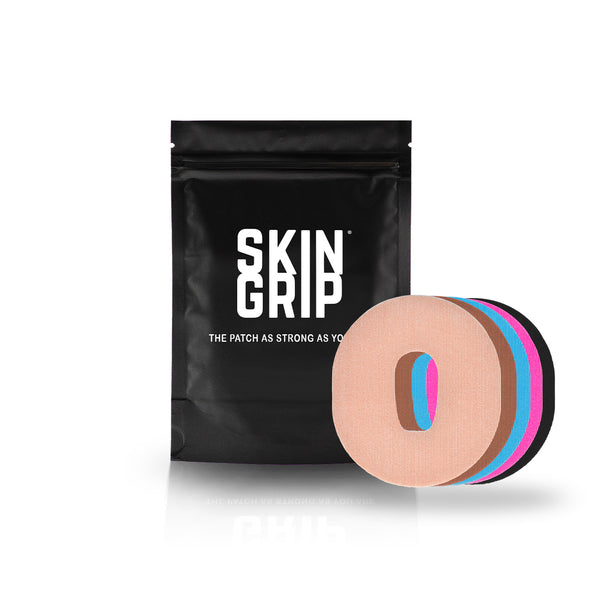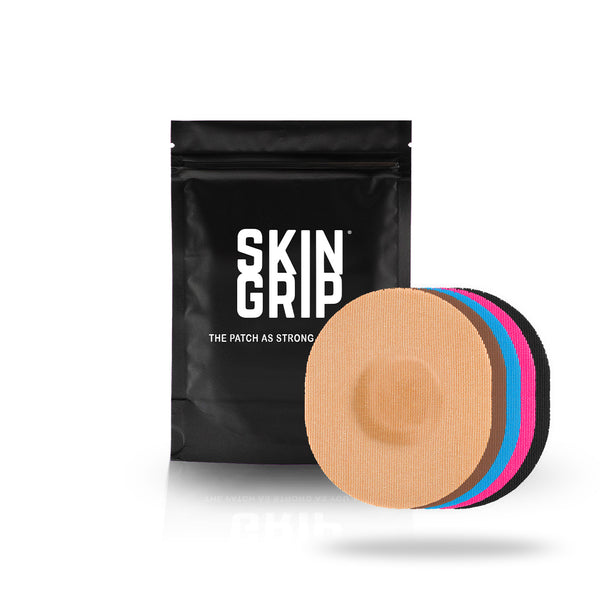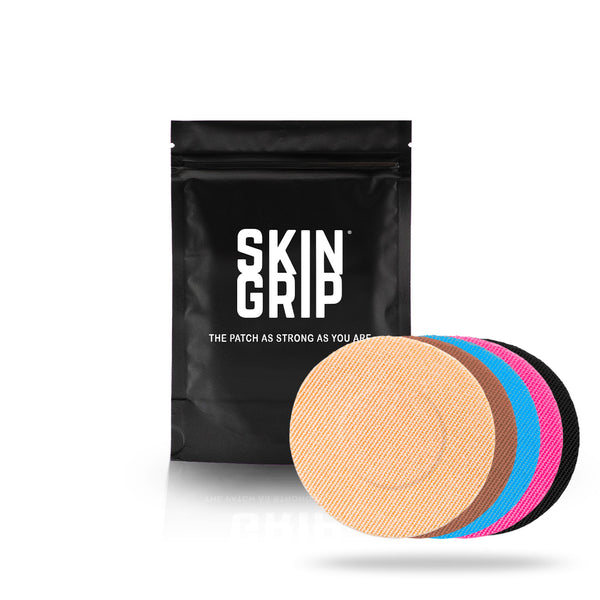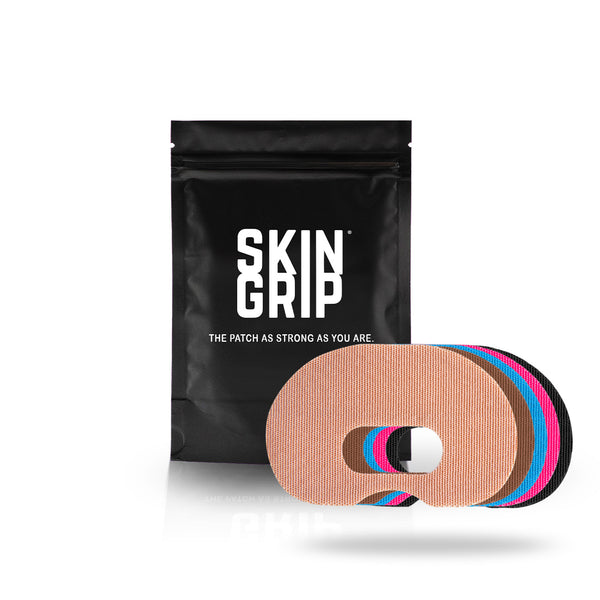 (roxanawilliams / pixabay)
(roxanawilliams / pixabay)
Exercise can be a confusing topic for many people with diabetes. Managing blood sugar on a normal day is difficult enough, but accounting for fluctuations during a workout can feel counterintuitive, if not impossible to get right. These fluctuations can make exercise difficult, which usually means we skip it.
Unfortunately, skipping practice is not a possibility for athletes. We’ve collected some information to help anyone who wants to pursue physical activity while keeping their blood sugar under control. While every individual is different and must manage their diabetes in a way that works for them, these tips present a few options for improving training.
Timing
Did you know that different kinds of exercise can affect your blood sugar differently? While moderate exercise may cause your blood sugar to fall, periods of intense physical activity can actually cause your blood sugar to spike. This is because of a hormone called glucagon, which is released by the liver during a hard workout and causes the body to release its stores of glucose.
Timing your workout can help you avoid some of the highs and lows of exercise. Many find that beginning with a strenuous warmup, then transitioning to less intense activity allows them to spike their blood sugar temporarily, then lower it naturally via further exercise. Beginning with activity that lowers blood sugar may cause you to fall into hypoglycemia, which prevents you from raising your blood sugar through strenuous activity, as the shaky, queasy feeling of hypoglycemia is unlikely to lead to a quick sprint around the field.
Learning to order your workouts by prioritizing certain kinds of activities over others can help stabilize your blood glucose level naturally, avoiding unnecessary highs and lows.
Try More Carbs
If practicing at a certain time of day leaves you consistently hypoglycemic, it may mean that you should simply consume more carbohydrates before or during training. A small snack before a workout will give a slight bump to your blood sugar that lets you get through a workout without feeling the effects of low blood sugar. Additionally, planning around insulin shots may help you predict whether or not a snack might be helpful. Exercising just after a bolus injection may result in a dip that must be compensated for with extra carbs. Thinking carefully about what you eat around your workouts can help you prep ahead of time, so you’re ready for anything.
Try Less insulin
On the other side of this equation, lowering insulin may be an option for preventing training-related hypoglycemia. Particularly if you exercise near mealtimes, lowering your bolus injection means you can use exercise to compensate for slightly higher blood sugars. If you exercise within 2 hours of a bolus injection, you may try lowering your insulin by 25% or more. Consulting with your care team can help you fine-tune the adjustments in your insulin to help you get the most out of your training and sport.
Try a CGM
Continuous Glucose Monitors, or CGMs, are a great way to monitor blood glucose levels without guesswork. As many modern devices are smartphone compatible and update your blood glucose level nearly instantly, these devices provide highly accurate readings to inform you of how to best manage your blood sugar. With a CGM, you can even set alarms for when your blood sugar is falling outside of a set range, whether that is too high or too low.
The problem is that these sensors are often quite expensive, even with insurance, so losing one to play pickup basketball is rarely worth the risk. Fortunately, accessory supplies such as adhesive patches can be used to prevent the loss of a CGM. Check out our overpatches for Dexcom G6, Freestyle Libre, and other CGMs. Users place them over their sensor to protect it during physical activity. These adhesive patches are waterproof, so sweat, mud, rain, and river water can splash the patch without weakening its hold. With a protected patch, users are able to keep the blood sugar monitored and in control minute-to-minute, taking the guesswork out of blood sugar management.
While diabetes can seem to make working out more complicated than it already is, many of the changes and adjustments necessary will become obvious as you learn to manage your condition. A study done by Yurkewicz, M., Cordas, M., Jr, Zellers, A., & Sweger, M. in a 2016 edition of the American Journal of Lifestyle Medicine demonstrates that people with diabetes are able to perform competitively in sports as long as they are taught to manage their condition.
With a little knowledge, there is no reason why diabetes will keep anyone on the sidelines or off the trail. Knowledge combined with a little trial and error is all it takes to get your blood sugar stable and your competition sweating while you demonstrate diabetic excellence. As we always say, live fearlessly, friends.











